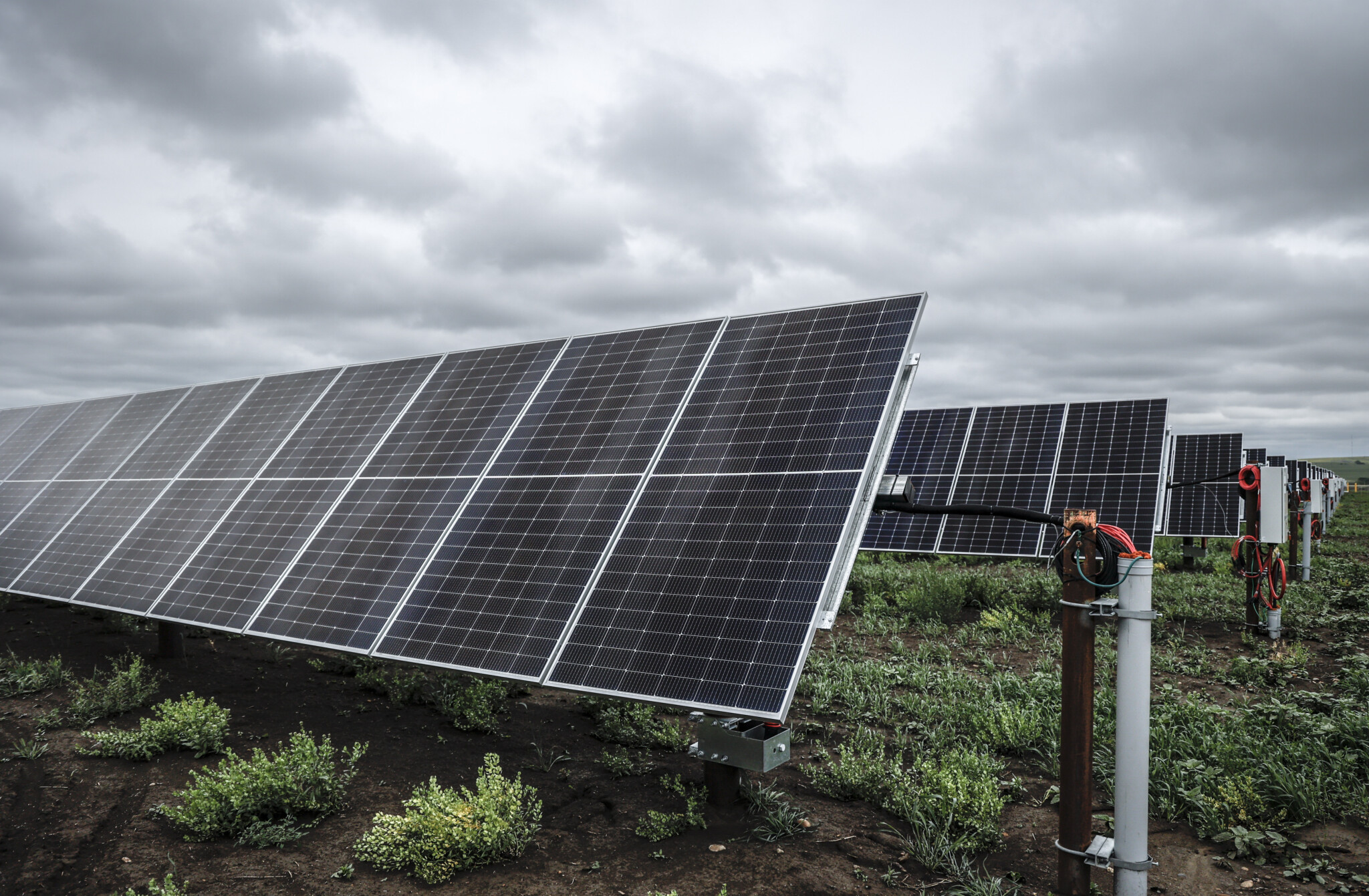On April 28, right as Canadians were headed to the polls, the lights went out across the Spanish peninsula.
High-speed trains ground to a halt in the countryside. Subways were stuck in dark tunnels in-between stations. Mobile and internet service went dark.
In just five seconds, about 55 percent of the region’s power generation was disconnected from the grid.
It’s still too early to pinpoint the exact event that triggered this, but experts have already begun to point to the country’s overreliance on solar generation as a key factor that made its energy grid more fragile.
In a context in which Canadian policymakers are making multiple speeches on net-zero targets, it is vital to understand the implications such policies would have on our country’s energy supply and more broadly on our lives, especially if they rely primarily on intermittent sources such as wind and solar.
For energy grids to work, they need to be fine-tuned to run at a constant frequency.
With conventional power plants, that is achieved with large metal turbines weighing over 100 tonnes rotating at a rapid, but constant and synchronous, pace, powered by large quantities of superheated steam.
That’s how coal, gas, oil, and nuclear plants all work, with the fuel being used to create that superheated steam. Hydroelectric plants run similarly, but make use of large quantities of rushing water instead.
This has the benefit of adding inertia to the grid. The sheer mass of all those rotating metal turbines helps smooth over imbalances between production and consumption while output is either increased or lowered to meet demand and get the grid frequency back to where it should be. Another benefit is control and predictability over plant outputs.
With the intermittent renewable sources required to reach net-zero, such as wind and solar, grid operators don’t benefit from the same level of resiliency or predictability.
As a result, the larger the share of such renewables plugged into the grid, the more complex and the less stable it becomes.
This increases the risk of major system-wide blackouts, such as the one Spain recently experienced.
It also makes the system more expensive to operate, as European countries with a large industrial base, such as Germany, have found out.
That’s because grid operators need to build in more and more contingency as the share of intermittent, hard-to-control supply increases.
After all, energy isn’t just something that’s nice to have; it’s something that props up our living standards and underpins our prosperity. It’s what powers everything from our homes to our offices and factories. And the more a population has access to ample and reliable energy, the richer it is.
One could even argue that demand for energy is infinite, and that the quantity we consume is constrained by production capacity and cost.
As such, it is a product that we expect to have access to the moment we need it. Whether it’s to turn on the lights or to operate an entire assembly line, we can’t afford to wait until the wind blows or a cloud passes to gain access to the said energy.
Hence, the need for grid operators to have conventional sources of energy to act as a reliable back-up for the intermittence of wind and solar.
Essentially, if a power provider wants to add a renewable source to the grid, it needs to make sure it has enough conventional capacity to make up for the shortfall, or pay to add such capacity as well. That means paying for two plants to get the capacity of one.
That’s part of the reason why, despite the astronomical sums we have sunk into renewables for the purpose of meeting net-zero targets, we’ve barely moved the needle in terms of the share of our energy they represent.
When the first COP meeting was held in 1995, hydrocarbons represented 85.6 percent of our primary energy consumption.
In 2023, they represented 81.5 per cent of our primary energy consumption. This mere 4percent shift, in the span of 30 years, wasn’t due to underinvestment. In the past decade alone, globally, more than 14 trillion U.S. dollars have been spent on renewables and their associated infrastructure—or over $1,700 per person living on the planet.
Net-zero policies might be lofty, aspirational goals, but we must not forget how these could affect us and that there are risks associated with intermittent energy sources. Their high monetary costs, their increased unreliability, and the decline in living standards that could result from their adoption add up to a very high price to pay.








